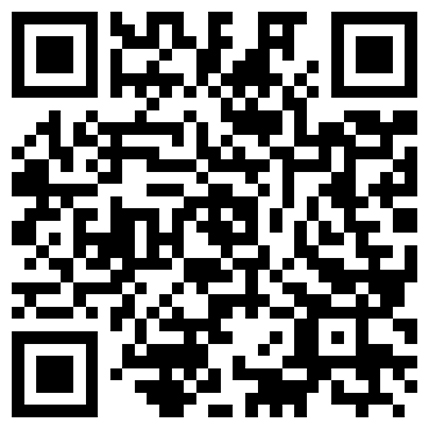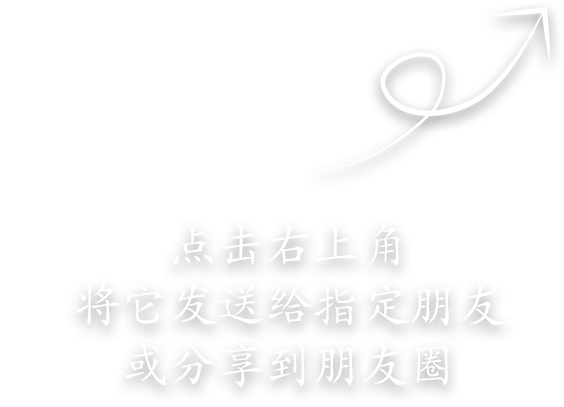-
Mobile version
Sweep with your mobile phone
- Member Center
Introduction to the Canadian Education System
The Canadian government stipulates that all minors aged 6 to 16 must receive an education. After completing this period of education, it is equivalent to graduating from secondary school, and this is compulsory education. During this period, students with resident or citizenship status are studying in public schools. There is no need to pay tuition fees, and the miscellaneous fees are very cheap. After graduating from secondary school, you can choose whether to receive higher education. The following is a brief introduction to Canada's Education System from primary school, and secondary school to higher education.
Primary School
Children at the age of six can enroll in primary school. The school year is from September to June of the following year. Primary schools are grades 1 to 7. In elementary school, the school not only teaches in the classroom but also pays great attention to social education and heuristic education, such as organizing students to visit museums, libraries, sports activities, newspapers, etc. All homework for primary school students is done at school.
Secondary School
The secondary school runs from eighth grade to twelfth grade. Some campuses adopt a five-year secondary school system, while some divide secondary schools into three-year junior high schools (grades eight to ten) and two-year high schools (grades eleven and twelve), but the courses and the total number of years of study are exactly the same. The results of the eleventh and twelfth grades are used as the evaluation criteria for promotion to the university.
When students enter the eighth grade, the school is equipped with a special counseling consultant. He will guide the student to choose which courses are most suitable for the student based on the records of the student files over the past few years. Therefore, under the guidance of the counseling consultant, the student can, according to It is very flexible to choose different subjects according to their interests and hobbies. You can study different subjects within one year, or you can take subjects of different grades at the same time within one year. For example, eighth-grade students can take ninth-grade students' subjects.
During secondary school, students' grades are calculated by credits. During the four-year period from ninth grade to twelfth grade, each student must complete 30 credits in order to graduate. How are credits calculated? One credit can be obtained after completing 110 hours of one course and passing the grade. If you want to graduate, among the 30 credits, some major subjects must complete the required credits, for example, English or French requires 5 credits (some schools in Canada use French as the first language).
University
Canadian middle school students do not need to take special exams to enter universities. As long as students complete the required credits during high school and pass graduation, they can apply for further studies in universities. This application can be assisted by the secondary school where the school is located to submit the completed application (some provinces stipulate that the application must be submitted by the applicant). In the application, in addition to filling in the course grades, you also need to choose the appropriate school according to your hobbies and academic situation. In these aspects, the school's counseling consultants will assist students to make appropriate choices based on the actual situation of each student.
After graduating from the 12th grade of Canadian secondary school, you can directly apply to enter the university. There is no university entrance examination system. In Quebec, students are required to complete grade 11 and then transfer to the province's general and vocational education colleges for one or two years of preparatory courses before they can enter university.


